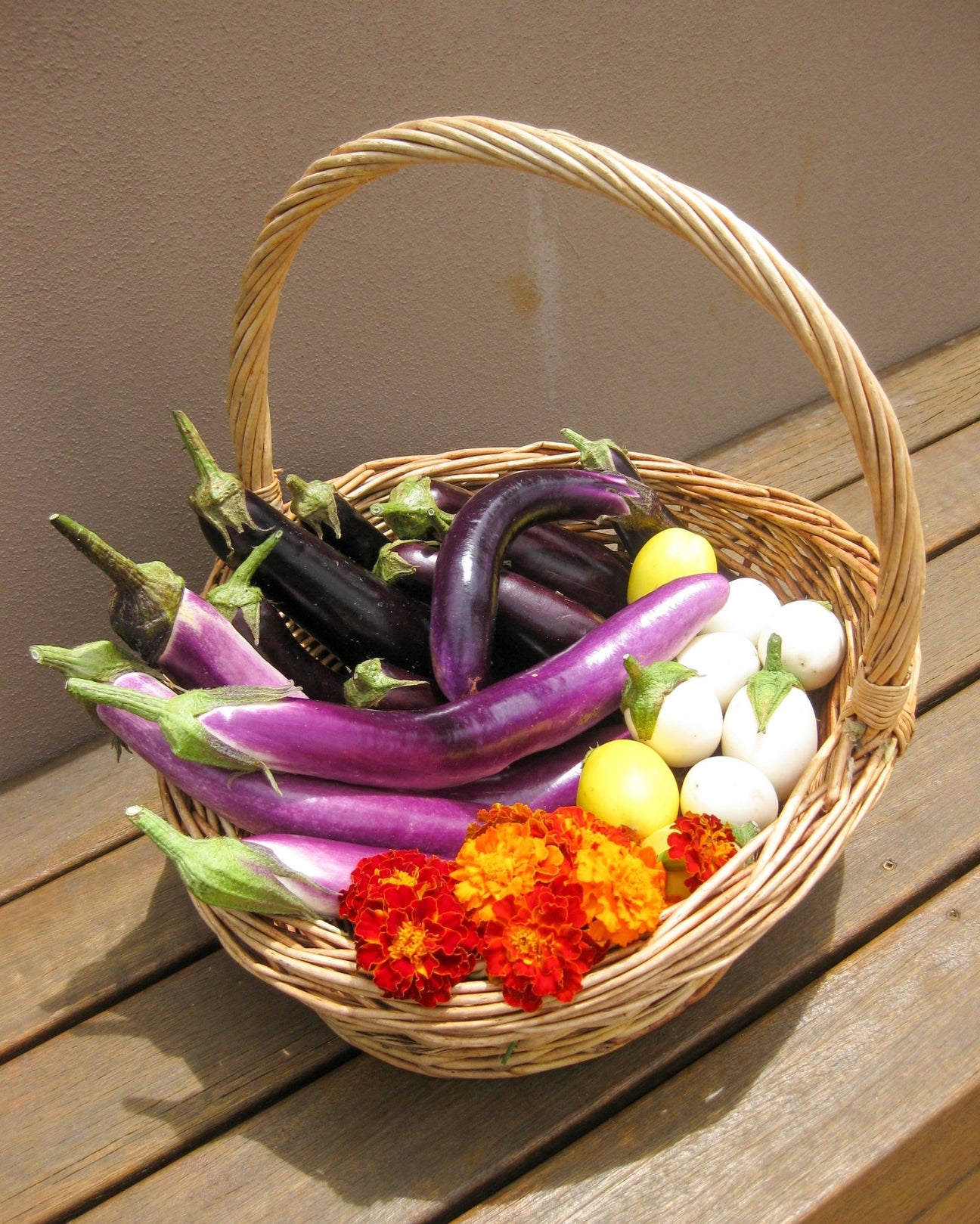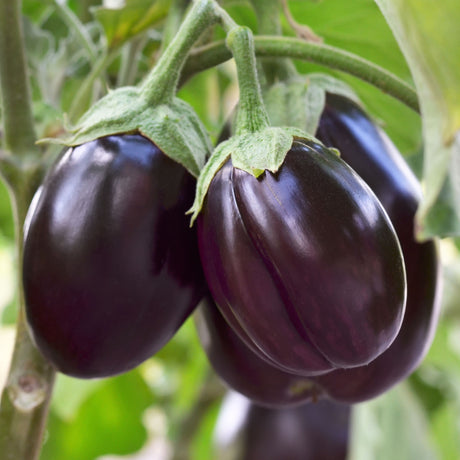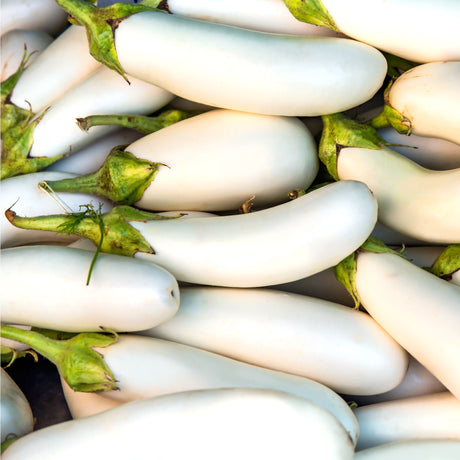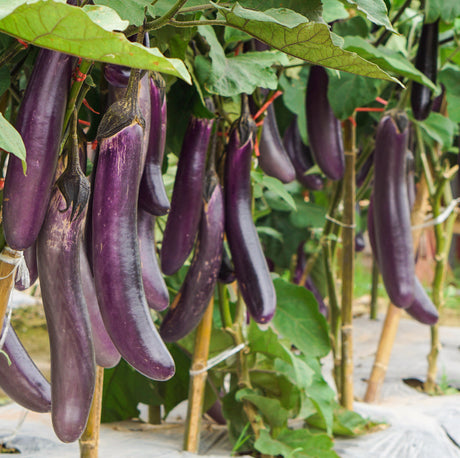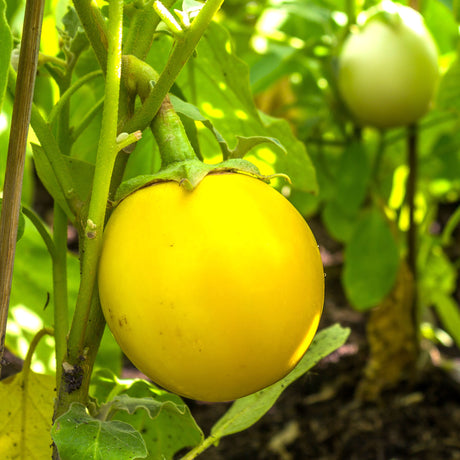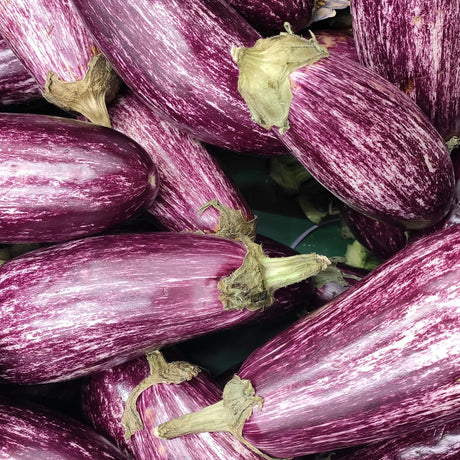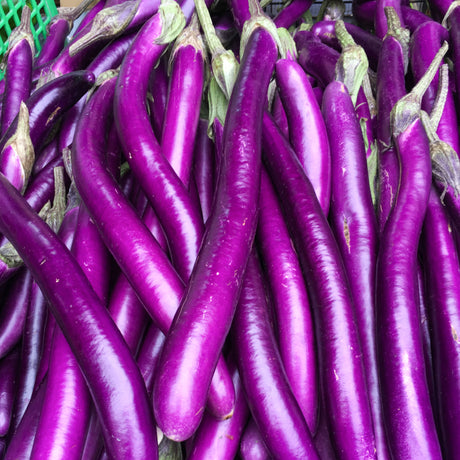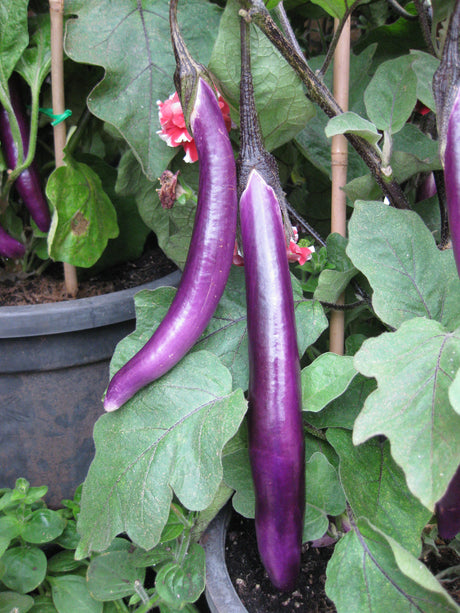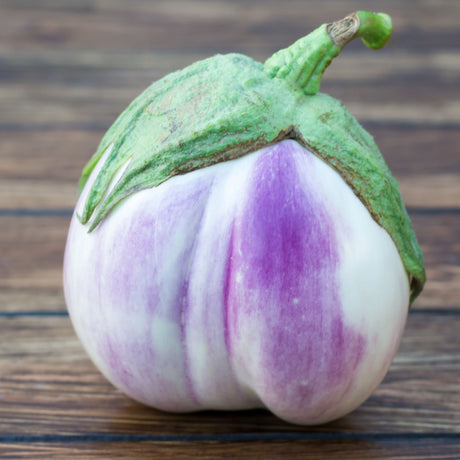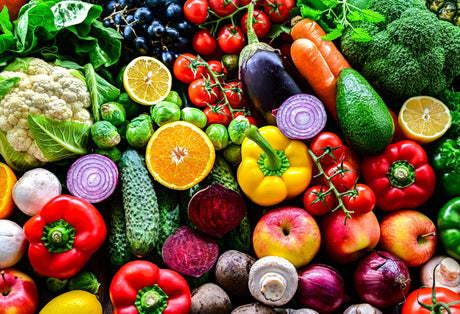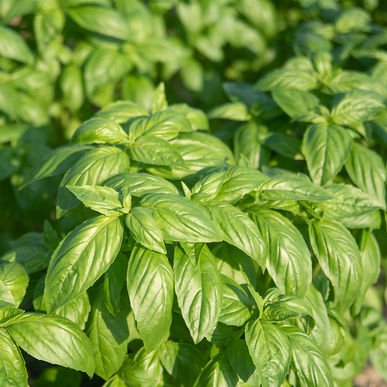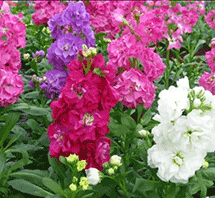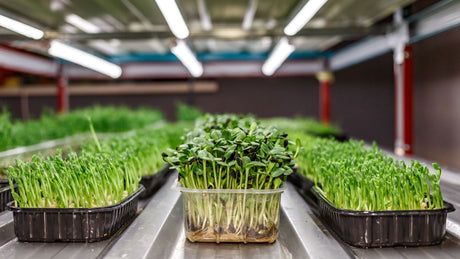- $3.90Unit price /Unavailable
- $3.90Unit price /Unavailable
- $3.90Unit price /Unavailable
- $3.90Unit price /Unavailable
- $3.90Unit price /Unavailable
- $3.90Unit price /Unavailable
- $3.90Unit price /Unavailable
More about Eggplant
syn. aubergine, brinjal
Solanum melongena
Eggplant is well worth growing, for the range of ethnic dishes it can be used in, its productiveness and the sheer beauty of the glossy fruit. They are attractive plants with grey-green leaves and pretty lilac flowers. It is a warm season annual, requiring a long growing season of 5 months frost-free. Seed needs a warm soil to germinate so in cooler areas it needs to be started inside either with a bottom heat propagator, on a warm window sill or the top of a hot water system. It germinates best between 23 - 28°C. Sow in early spring in temperate and subtropical areas; sow all year in the tropics; eggplants are short-lived perennials in tropical areas. Although suitable for temperate, subtropical and tropical areas, small-fruited cultivars such as 'Little Finger' and 'Snowy' are a better choice in cold areas as they begin to crop earlier. Sow eggplant 5 - 8 mm deep into seedling pots; seed takes 10 - 14 days to germinate. Use liquid fertiliser once germinated and transplant when all danger of frost has passed and the soil is warm. Transplanting into a cold soil will set seedlings back and the leaves may yellow. Space plants in a block 60 cm apart in full sun, in rich soil and stake. Prepare soil with compost or well-rotted manure, feed regularly with liquid manure, mulch well. Keep well watered, moisture stress causes bitterness. When plants reach 15 - 20 cm in height, pinch out the tips to encourage branching. Pinching out the tips again at 38 - 40 cm will encourage fruit formation. Well-grown plants can reach 60 - 90 cm tall. Staking may be necessary for some types. Pick the fruit before the seeds turn brown and while the skin is still shiny and firm.

